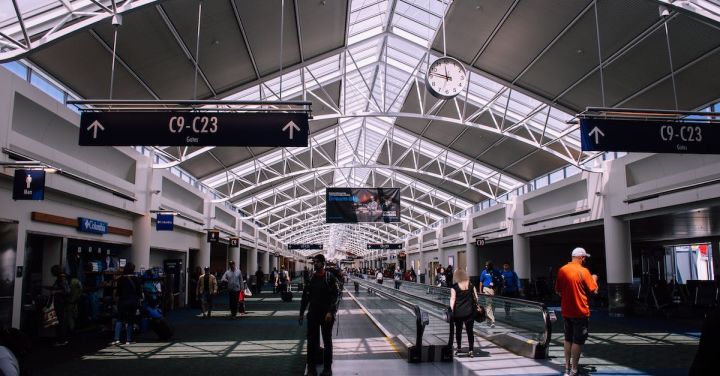In an era defined by the pressing need for sustainability, industries across the globe are searching for innovative solutions to reduce their carbon footprint. One such industry that is paving the way for a greener future is the railway sector. With its vast infrastructure and significant energy consumption, the railway industry has recognized the importance of adopting sustainable practices and has been actively investing in groundbreaking technologies and innovations.
One key area where the railway industry is making strides is in renewable energy. Traditional trains are notorious for their heavy reliance on fossil fuels, contributing to greenhouse gas emissions. However, a growing number of railway companies are embracing renewable energy sources to power their trains. Solar panels and wind turbines are being installed alongside tracks, harnessing the power of the sun and wind to generate clean electricity. This shift towards renewable energy not only reduces carbon emissions but also decreases operating costs, making it a win-win solution for the environment and the industry.
Another area of focus is the development of energy-efficient trains. Sustainable design practices are being implemented to create trains that are lighter, more aerodynamic, and incorporate regenerative braking systems. By reducing overall weight and drag, these trains require less energy to operate, resulting in significant energy savings. Additionally, regenerative braking technology allows trains to recover and store energy that is typically lost during braking. This stored energy can then be used to power the train during acceleration, further reducing energy consumption. These innovations are not only environmentally friendly but also improve the efficiency and performance of the railway system.
To further minimize the environmental impact of trains, the railway industry is investing in advanced materials and technologies. For instance, lightweight composite materials are being used in the construction of train carriages, reducing both weight and energy requirements. Additionally, advancements in aerodynamics are being explored to optimize airflow around trains, reducing drag and improving energy efficiency. These innovations not only contribute to a greener railway system but also enhance the passenger experience by providing smoother and quieter rides.
The railway industry is also focusing on improving its infrastructure to support sustainable practices. Smart grid technology is being integrated into railway systems, allowing for better management of energy consumption. By monitoring and analyzing energy usage, railway operators can identify areas for improvement and implement energy-saving measures. Furthermore, the integration of renewable energy sources into the grid enables the railway system to operate partially or entirely off-grid, reducing its reliance on traditional power sources.
In addition to these technological advancements, the railway industry is also taking steps to promote a shift towards sustainable transportation. Many railway companies are actively encouraging modal shift, which involves persuading businesses and individuals to switch from road or air travel to rail. By highlighting the environmental benefits of rail travel, such as reduced carbon emissions and lower fuel consumption, railway companies are playing a crucial role in promoting sustainable mobility.
In conclusion, the railway industry is embracing sustainable practices and leading the way towards a greener future. Through the adoption of renewable energy, energy-efficient trains, advanced materials, and smart infrastructure, the industry is significantly reducing its environmental impact. Furthermore, by promoting modal shift, railway companies are encouraging a shift towards sustainable transportation. As the world continues to prioritize sustainability, the railway industry’s commitment to innovation and sustainability serves as a shining example of how industries can contribute to a greener planet.
